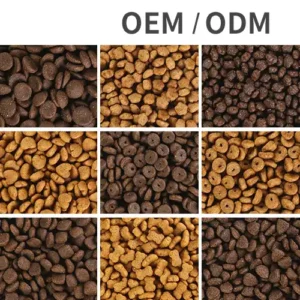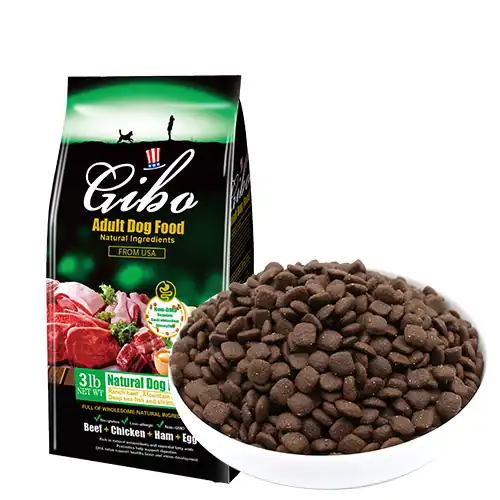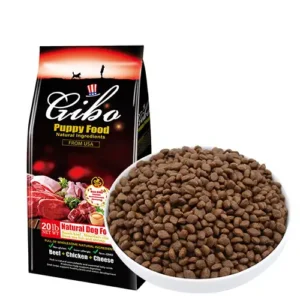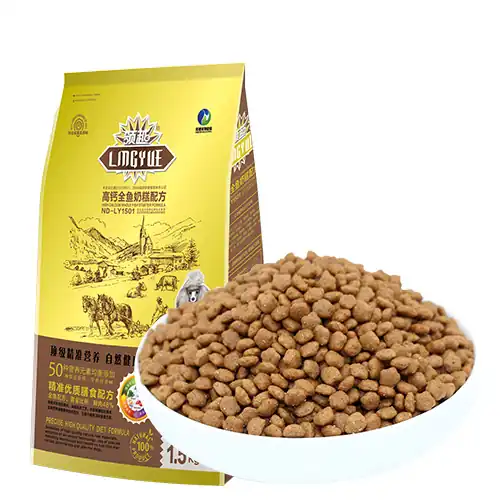Bringing home a new puppy can be an exciting time for both of you. As you and your puppy adjust to your new life together, you’ll need to do a lot of homework and adjust many of your routines. One of these is figuring out your puppy’s diet. This includes choosing the best food for your puppy, the correct amount of food, and how often to feed your puppy. One of the things to figure out is your puppy’s diet. This includes choosing the best food for your puppy, the right amount of food, and how often to feed it.
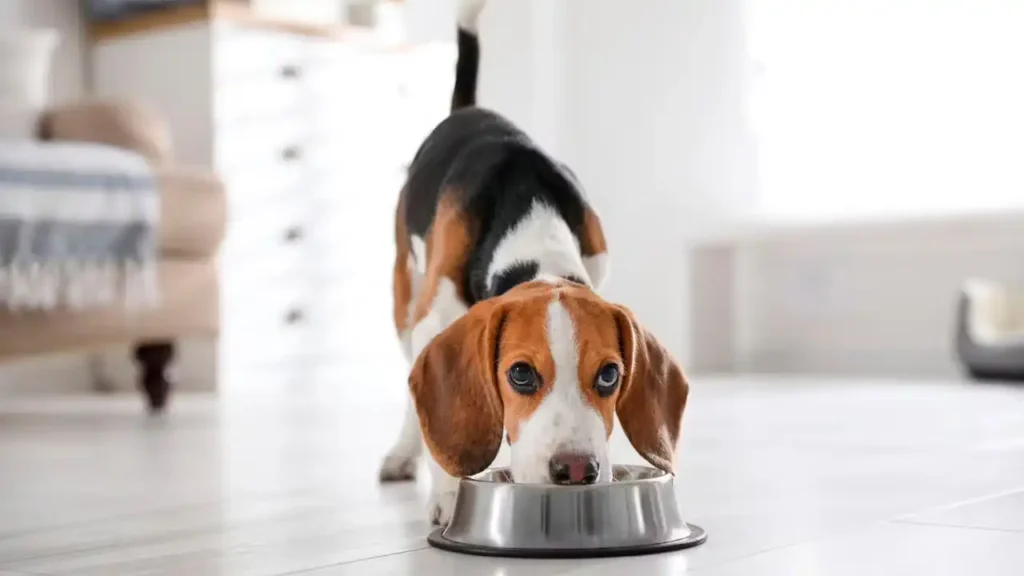
Choosing the best diet for your puppy will help them develop healthily by providing them with the nutrients and calories they need to thrive.
What are my puppy’s nutritional needs?
As puppies grow, they will gradually expand their range of exploration, which means they will use up a lot of energy! Puppies need more calories per kilogram of body weight than adult or senior dogs. Therefore, their food needs to be higher in calories or energy. As puppies grow to adulthood, the nutritional requirements for each stage of growth change. Puppy growth can be divided into four stages:
Birth to three weeks: The primary source of nutrition is breast milk or puppy formula.
Three weeks to two months: At this time, they need to increase their calorie and nutrient intake.
Two months to adulthood: This is an important time for bone and muscle development, so a balanced diet containing calcium and phosphorus is key.
Eight months to adulthood: Extra-large dogs have special growth patterns. They need a diet formulated to support their longer, slower growth phase, ensuring that bones and muscles grow in harmony with each other.
When should I switch my puppy to an adult diet?
When your puppy reaches adult size, it’s time to change the diet. The point of growth to adult size varies by breed and size, with small dogs generally developing into adults more quickly than large dogs. Breeds can be categorized according to size as small dogs up to 10 kg, medium dogs between 11-25 kg, and large dogs between 26-44 kg. Large dogs take longer to reach full adulthood than smaller breeds, so they need to be fed puppy food until they reach full adulthood. If you are still unsure when it is time to switch your puppy to kibble, consult with your veterinarian to discuss growth so that your dog does not miss out on the nutrients it needs to grow, and to avoid poor development or overdevelopment of bones, joints, brain and eyes.
Why is it important to switch your puppy to an adult diet? Understanding the differences in nutritional needs between puppies and adults
Puppy nutrition formulas are carefully designed to provide puppies with the essential nutrients they need for optimal growth and development. To support healthy bone, joint and muscle growth, Puppy Nutrition is labeled as containing more protein, fat, calcium and phosphorus than Adult Nutrition. Simply put, adult dog food does not provide puppies with the key nutrients and energy they need for optimal development. Additionally, puppy nutritional formulas may vary depending on breed or size, for example, a small dog puppy will not require the same amount of calories as a large dog puppy. It is important to choose the best puppy nutrition for your puppy’s condition. The timing of the switch from puppy to adult food is very important. If it is done too early, their nutrition will be unbalanced and their development may be affected. If it is done too late, they may be prone to overweight problems and subsequent physical ailments. It is recommended that you talk to your veterinarian to ensure that your dog is on the right track.
How to Switch Your Puppy to a New Dog Food
As your puppy grows into adulthood, their metabolism slows down (the same thing happens to neutered or neutered puppies). So it’s time to switch to an adult feed, but how do we do it?
Keep in mind that switching from puppy to adult food is a gradual process, and the recommended switch is to gradually reduce the amount of puppy food and increase the amount of adult food over a seven-day period. If you are adding something new to your puppy’s diet, talk to your veterinarian first, making sure to take into account their digestive status and any sensitivities.
Five Key Points to Help Your Puppy Switch to an Adult Diet
There are several times in a dog’s life when we need to change his diet. The first change is from a puppy diet to an adult diet; as they age, senior dogs will need a different diet to support their aging bodies. To avoid digestive upsets, any dietary adjustments must be made with care, and we recommend that you add new foods gradually, rather than changing your dog’s food overnight.
Below are five key points to help you understand how to make gradual changes to your puppy’s diet so that he or she can quickly adapt to the new food:
Point 1: Please consult your veterinarian first!
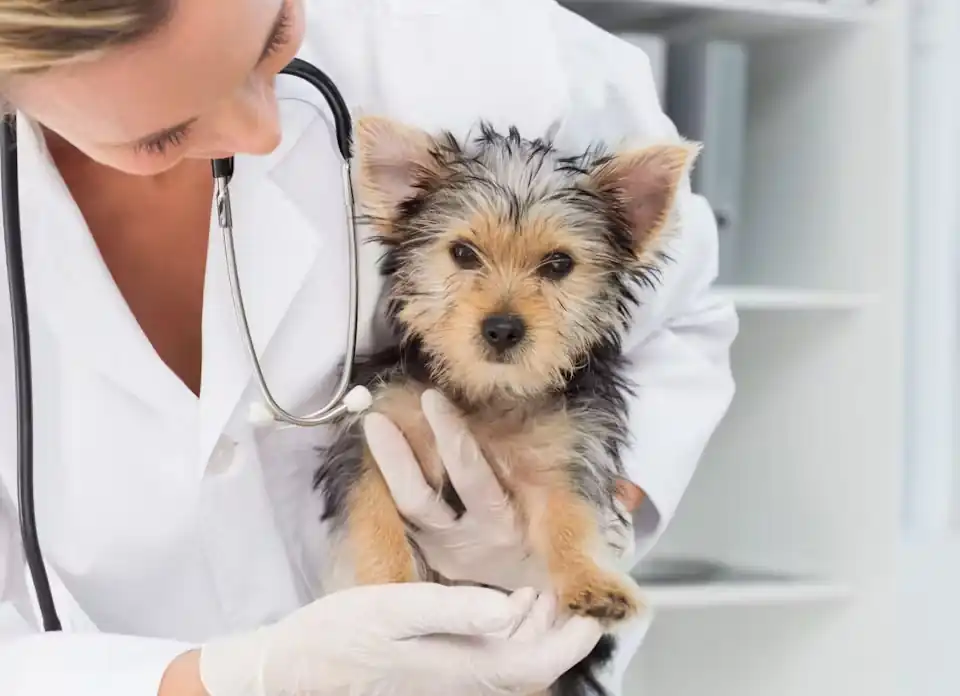
As your puppy develops into an adult and requires a different diet, you should consult with your veterinarian to learn how to make a gradual change from puppy to adult nutrition. Your veterinarian will have your pet’s medical history so they will be able to recommend the most appropriate diet for you. They will also be able to provide you with recommended frequency and portion sizes. This is also a good time to have your puppy examined to make sure his weight and growth curve are within healthy limits. This information will help your veterinarian make better decisions about the new diet. Royal Canin offers a wide range of premium puppy and adult nutritional formulas that can be tailored to your dog’s size and breed, as well as their specific nutritional needs.
Point 2: Age Matters
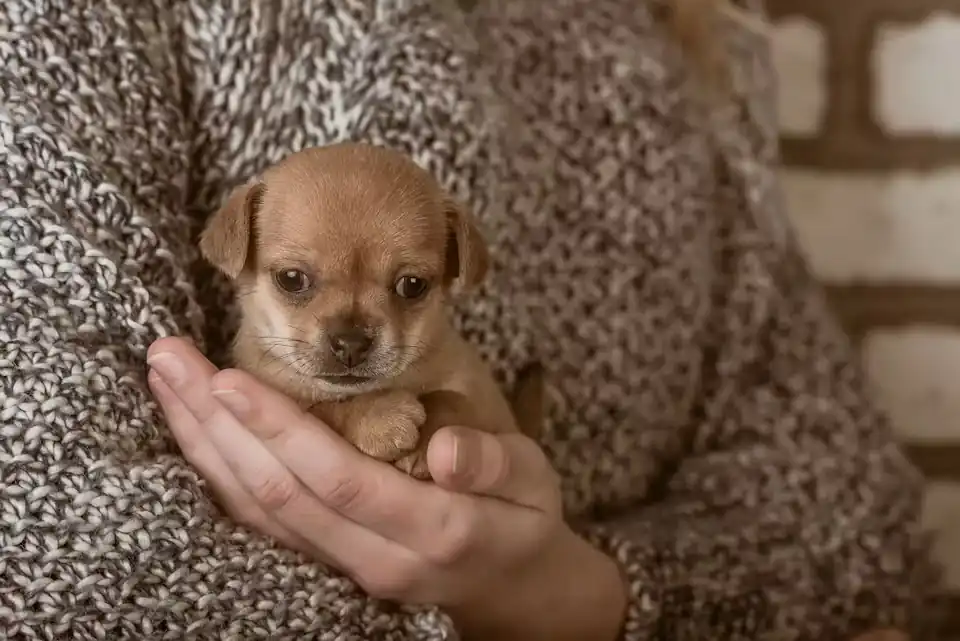
Puppies reach full development at different points, depending on breed and size. To give you an idea of when your puppy should be converted to adult food, consider the following categorizations:
Small breeds (including show dogs) mature at nine to ten months of age.
Medium breeds mature at about 12 months.
Large or giant breeds develop between 15 months and two years of age.
If you are unsure of your puppy’s size or age, or if you are adopting a mixed breed, ask your veterinarian for advice. They know best when your puppy can start eating adult food.
Point 3: Be patient and take your time
“How long does it take to change your dog’s food? This is one of the most common questions asked by owners. We recommend seven days to allow your puppy to get used to the taste and texture of the new food in a gradual manner, which will also help reduce the chance of indigestion. The recommended schedule and feed ratios are as follows:
Days 1 and 2: 75% puppy food mixed with 25% adult food.
Days 3 and 4: Adjust the ratio of the two diets to 50% each.
Day 5 and 6: 25% puppy food mixed with 75% adult food.
Day 7: 100% adult food.
Don’t forget, every dog is unique. The diet transition may take less than seven days, or it may take more than seven days to complete. Please proceed at a pace that is appropriate for your puppy and consult your veterinarian if you have any concerns.
Point 4: Observe Your Puppy Closely

Switching to adult food will require you to monitor your puppy closely for any changes in their behavior.
If your puppy seems to be losing his appetite, he may simply be having a hard time adapting to the new food. You can try mixing the new food in smaller portions. For example, if your puppy is showing a lack of interest in food when the ratio of the two dog foods in the bowl is 50%, adjust the ratio back to 75% / 25% for another day or two.
During this time, be sure to keep an eye on your puppy’s defecation habits and stools, as any changes in behavior or pattern are likely to be caused by the change in diet. Of course, this does not rule out gastrointestinal sensitivities, so if you notice anything unusual, the best course of action is to ask your veterinarian for help.
Point 5: Continuous Adjustment and Learning
Dietary timing, portion sizes and preferred textures will vary from dog to dog. This depends on a number of factors such as breed, size, activity level and metabolic rate. You need to observe your dog’s eating habits and make adjustments to find what works best for them. There are two things to keep in mind when switching from puppy to adult food:
1. Daily portions: Daily portions will change as your puppy develops. It is best to follow your veterinarian’s recommendations or the recommended daily feeding schedule on the package for the total amount to be given each day.
2. Dry food, wet food, or a mix of both: You can feed your puppy either dry food or wet food, but we recommend a “mix” of food, which is good for dogs of all ages for the following reasons:
The combination of wet and dry food brings variety: If you have a growing puppy, a wet/dry mix will give their smell and taste buds new experiences and make it easier for them to accept new foods as they grow up.
Advantages of offering dry and wet food: Wet food helps to ensure that your puppy is hydrated. Dry food can help keep your puppy’s teeth clean.
Helps to stimulate appetite: If your dog has a weak appetite, mixing food can stimulate it and help it get the nutrients it needs to thrive.
in summary
It is important to be patient with your puppy during a change of diet. Any digestive conditions (such as vomiting or diarrhea) caused by a change in diet should be cleaned up calmly, without scolding your puppy or feeling anxious, and with a positive attitude that will give your puppy credit as he grows.
Utilizing the five key points in this article when making changes to your dog’s diet, and consulting with your veterinarian if necessary, will make for a smoother experience for both you and your puppy.

